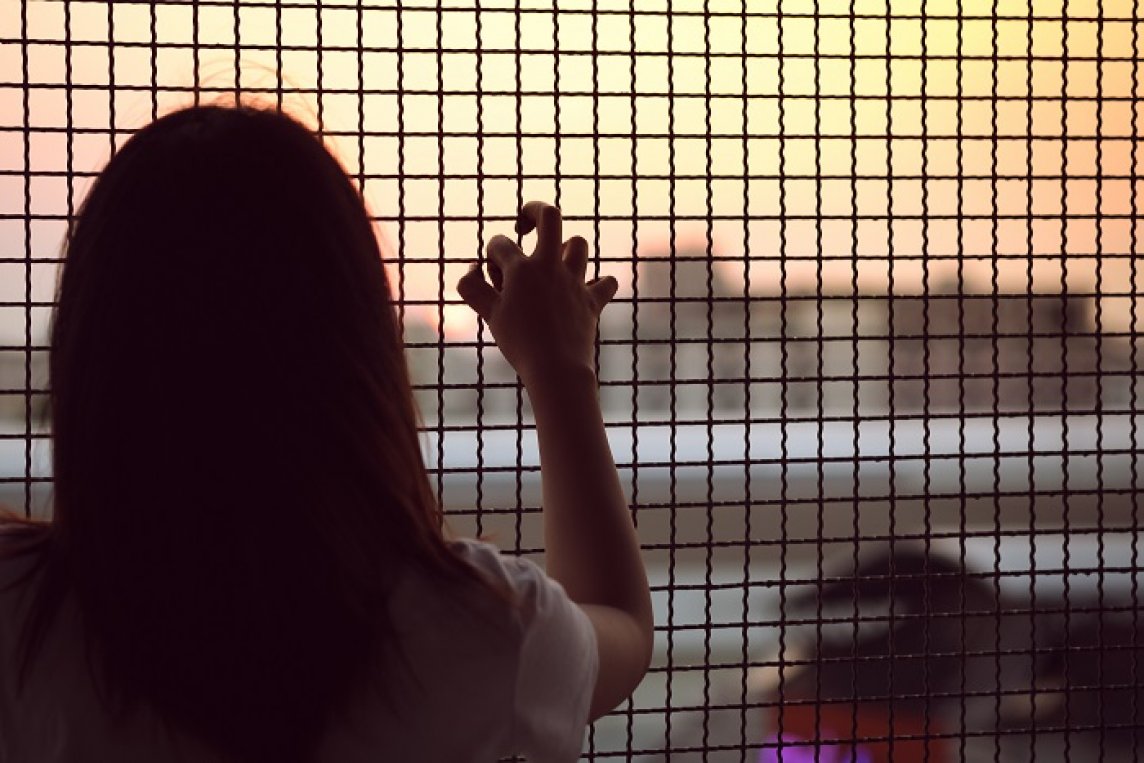Bodies Are Not Commodities: Bringing Awareness to Human Trafficking

Human trafficking is an epidemic across the world. It impacts every country, every state, every town, and every population. Human trafficking is a difficult subject to discuss, but the more we keep it in the shadows, the more it thrives.
What is Human Trafficking?
Human trafficking involves the use of force, fraud, or coercion to obtain some type of labor or commercial sex act in which something of value is exchanged. This can include what’s known as “survival sex,” when someone engages in a commercial sex act in exchange for shelter, food, money, or other means of survival. Any individual under the age of 18 who has attempted to engage in or has engaged in any type of commercial sex act in exchange for anything of value is a victim of human trafficking. No child can consent to engaging in such behaviors and should be identified immediately as a victim of human trafficking.
Who Are the Victims?
Trafficking transcends age, gender, sexual orientation, race, ethnicity, etc. Those in marginalized communities face higher risk of victimization and are often overlooked or not identified as victims.
It's equally important to note that while victims can be anyone, so can the traffickers. Traffickers are often those who can hide in plain sight. They have families, successful careers, status, or power in their communities. Traffickers are master manipulators that know how to blend into society and target those most vulnerable.
Human Trafficking and Domestic/Sexual Violence
Human trafficking is inextricably linked with domestic violence, sexual violence, and child abuse. Vulnerable children experiencing trauma at a young age grow into adolescents in desperate need of safety; this is what traffickers look for and know how to exploit.
Other key risk factors include homelessness, child welfare involvement, placement in the foster care system, alcohol/drug use or abuse, poverty/low socio-economic status, immigration status, poor health/mental health, and disconnection from the education system.
Trafficker tactics are very similar to abuser tactics: controlling/possessiveness, controlling finances, manipulation, use of violence, threats, isolation, and more. Traffickers often target vulnerable individuals and pose as a romantic partner to them, offering them love, acceptance, and perceived safety. The relationship becomes exploitative and abusive, under the guise of love.
What Can You Do?
- Educate yourself and others. Bring The Center for Empowerment and Education into your place of work, your child’s school, or your place of faith, to host an education program on this topic.
- Advocate for stronger laws that protect victims, hold buyers and traffickers accountable, and increase education and awareness.
- Increase awareness in your town. Post on social media, share resources, or host a documentary screening, book club, or other awareness event. Our team would be happy to collaborate with you on this and provide any information and resources you need.
- Support our programs and services, either by volunteering or donating. The Center provides services to victims of all ages and backgrounds impacted by domestic and sexual violence, including human trafficking.
If you or someone you know needs support, our no-cost confidential hotlines are available 24/7.
Domestic Violence Hotline (203)731-5206
Sexual Assault Hotline (203)731-5204
This article was written by Cara During, The Center for Empowerment and Education Director of Community Impact.







